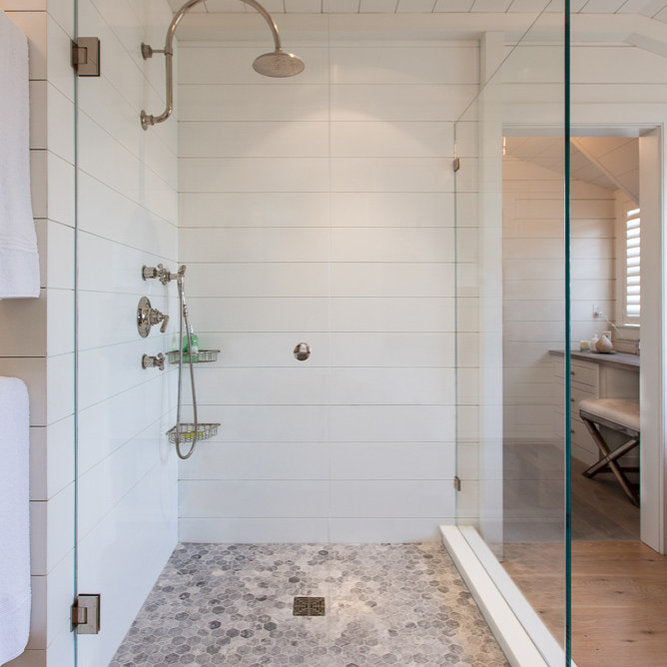The Ultimate Guide to Designing Your Dream Shower Room

Introduction
Designing a shower room that meets both aesthetic and functional needs can be a daunting task. With countless styles, materials, and layouts to consider, making the right choices is essential for creating a space that is both practical and beautiful. In this guide, we will walk you through everything you need to know about designing your dream shower room, focusing on the specifics that matter most to American homeowners.

- Planning Your Space
Assessing Your Needs:
Usage: Consider who will be using the shower room and how often.
Storage Requirements: Think about how much storage is needed for toiletries, towels, and other bathroom essentials.
Accessibility: Ensure the design is accessible for all users, considering features like grab bars and non-slip flooring for safety.
Optimizing the Layout:
Shower Placement: Position the shower in a spot that maximizes space and flow.
Storage Solutions: Incorporate built-in shelving or niches to keep the shower area clutter-free.
Vanity Location: Place the vanity in a convenient spot, allowing easy access without disrupting the flow of the room.

- Choosing the Right Materials
Shower Walls and Floors:
Tiles: Ceramic, porcelain, and natural stone tiles are popular choices. Each material offers different aesthetics and durability levels. For a classic look, subway tiles are a timeless choice.
Waterproof Materials: Consider materials specifically designed for wet areas, such as waterproof panels or glass.
Fixtures and Hardware:
Showerheads: From rain showers to handheld units, choose a showerhead that suits your preferences.
Faucets and Controls: Opt for high-quality, durable fixtures that can withstand daily use.

- Lighting and Ventilation
Natural Light:
Windows and Skylights: Allow natural light to flood the shower room, creating a bright and inviting space. Consider frosted glass for privacy without sacrificing light.
Artificial Lighting:
Task Lighting: Install lighting around mirrors and vanity areas to ensure adequate lighting for grooming.
Ambient Lighting: Use recessed lighting or sconces to create a relaxing ambiance.
Ventilation:
Exhaust Fans: Proper ventilation is crucial for preventing mold and mildew. Install a powerful exhaust fan to keep the air circulating and dry out moisture.
- Incorporating Modern Technology
Smart Showers:
Digital Controls: Consider installing smart shower systems that allow you to control water temperature, flow, and other settings with the touch of a button.
Water-Saving Features: Look for fixtures with water-saving technology to conserve water without compromising performance.

- Aesthetics and Style
Color Palette:
Neutral Tones: Neutral colors such as white, gray, and beige create a timeless look and can make spaces feel larger.
Bold Accents: Use bold colors or patterns sparingly to add visual interest without overwhelming the space.
Finishing Touches:
Mirrors: Choose mirrors that complement the overall design. Consider options with built-in lighting for added functionality.
Accessories: Incorporate stylish and functional accessories such as soap dispensers, towel racks, and bath mats.

Conclusion
Designing a shower room involves thoughtful planning and attention to detail. By considering factors such as space, materials, lighting, and technology, you can create a bathroom that not only meets your functional needs but also serves as a beautiful retreat. Remember to invest in quality fixtures and materials to ensure longevity and satisfaction with your dream shower room.
